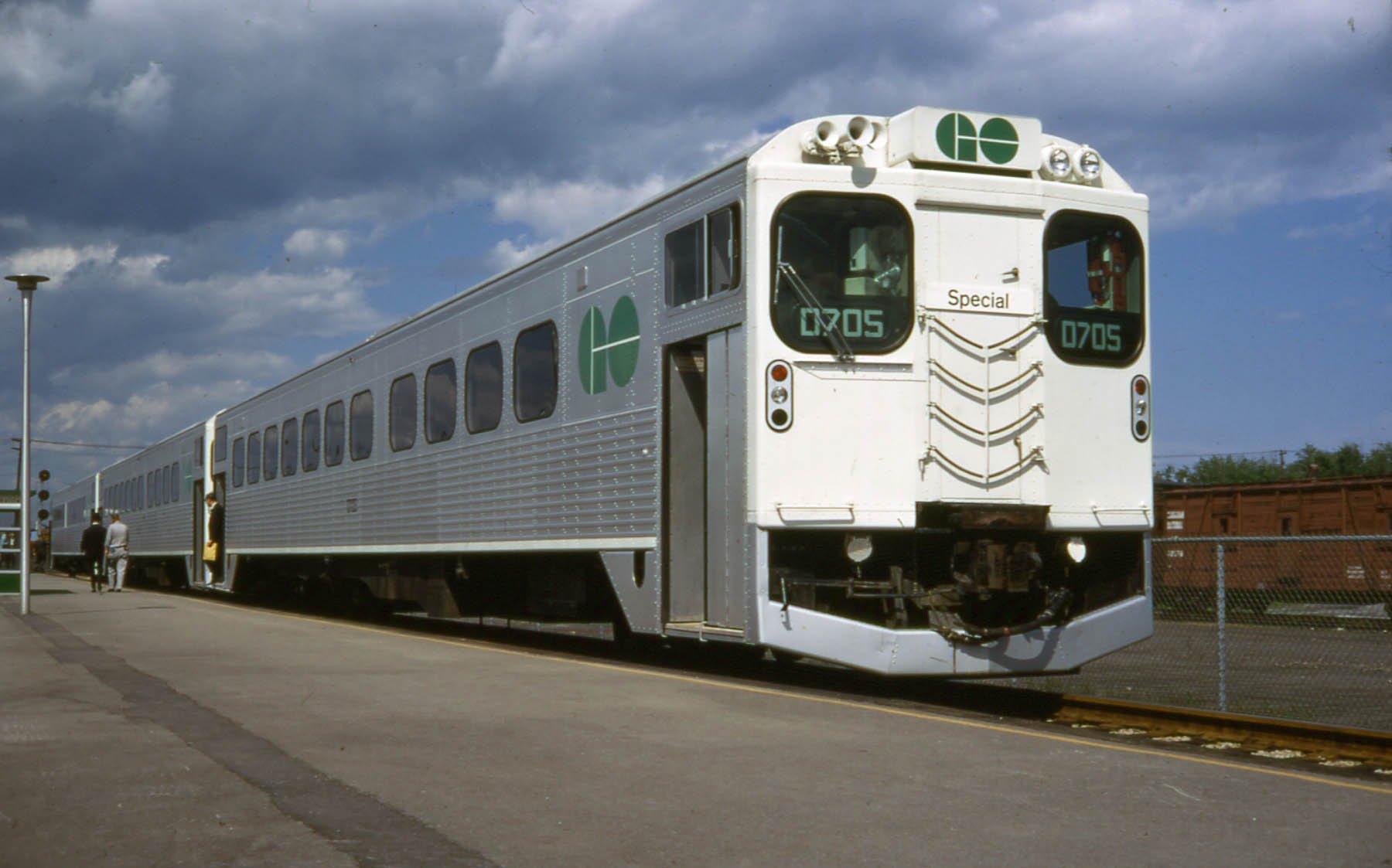
GO Tracker Redesign
GO Tracker is an existing GO Transit product that feeds real-time data from an API into a customer facing interface, allowing customers to access train schedule information.
Project Overview
Product
GO Tracker
Year
2020
Business Request
Internal stakeholders engaged the Metrolinx Digital Team for a recommendation on moving forward with a product redesign and deployment for the existing GO Tracker product.
My Role
Audit the existing product and identify accessibility, heuristic and other UX issues
Analyze existing data: customer feedback from the Contact Center, social media, customer survey results, Google Analytics
Look in market at other world-class transit agencies to see how they are serving real-time data to customers
Assess the current task flow
Design and propose a solution that can be carried forward for stakeholder buy-in and user testing
GO Tracker Current State
Product Audit Results
The site is not optimized for SEO, and even when searching for the current product name it doesn’t appear in top search engine results
None of the current pages have UTM or GTM codes making it impossible to track web data
Lives in obscurity due to its lack of integration with the main GO Transit website
Doesn’t hold a secure SSL certificate
Design is not mobile responsive
Doesn’t follow current visual identity or design system guidelines
Font is not accessible, multiple font sizes, styles and weights
Dropdown touch points are too small and require a minimum area of 44px
Scrolling notification bar is broken and doesn’t display a complete message
Interface opens the FAQ in a separate tab instead of allowing the user to X (close) out or move back in the flow
FAQ accordion doesn’t support multiple open sections
Because we didn’t have any qualitative or quantitative data for the product, the redesign was based on my hypothesis that users need to be able to find all GO products and features in a centralized hub, creating a wholistic, integrative experience.
Proposed State Mockup V1
Redesign Overview
Implementation of Google tracking and analytics
Visibility and awareness have been brought to the product by placing it on the GO Transit homepage
The product becomes an integrated feature within the wholistic GO Transit ecosystem alongside the service updates, trip planner, scheduling, and fare calculation tools
Re-evaluation of the product name is suggested, and to be validated through user testing
Net new design pattern exploration featuring an icon and chevron, allowing for customers to open a widget or flyout without having to leave the page. User testing validation required
A standard module is maintained to allow users the freedom to access other fare and schedule-related information
SEO-optimized page content to drive traffic to the feature. Alternatively, a separate landing page could be created for this purpose and link to the schedules page alleviating the need for FAQs.
Pulls from existing design patterns
Logic was retained for minimal development impact - Data is now filtered using an existing dual tab design pattern instead of using a third dropdown. The API calls remain the same as the current state, the content is simply restructured.
Complete trips are grouped within a dropdown and data is populated in the table instead of on the map, with the customer’s station appearing as the table heading and within the table in bold. Checkmarks appear to visually mark stations that the train has already arrived at.
Union Departures pull from a second API and are indicated by the platform, with data being populated 10 minutes before scheduled departure
Next Steps
Gain stakeholder buy-in
Procure resources for user testing to determine if customers will use the feature, or if data is better served as an integration within the current trip planning tools
If customers like the feature, refine the designs, test again, and develop as an interim fix prior to site replatforming
Site replatforming to include design work exploring a wholistic trip planning experience that surfaces scheduling, real-time, and fare information similar to experiences like Triplinx, Uber, and Google